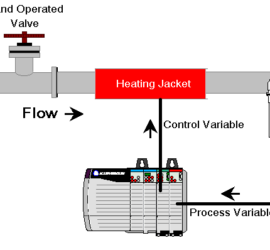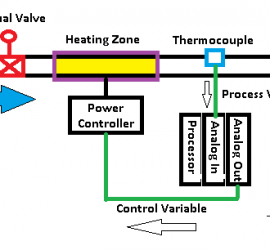Derivative Settings for ControlLogix PID Enhanced
Introduction to Derivative Settings for ControlLogix PID Enhanced (PIDE) Basically, the derivative settings for ControlLogix PID Enhanced will multiply the effect that derivative has in your closed loop system. We use derivative to anticipate, or predict error in the future. Consider this example: Obviously when you open the valve, a Read More »





